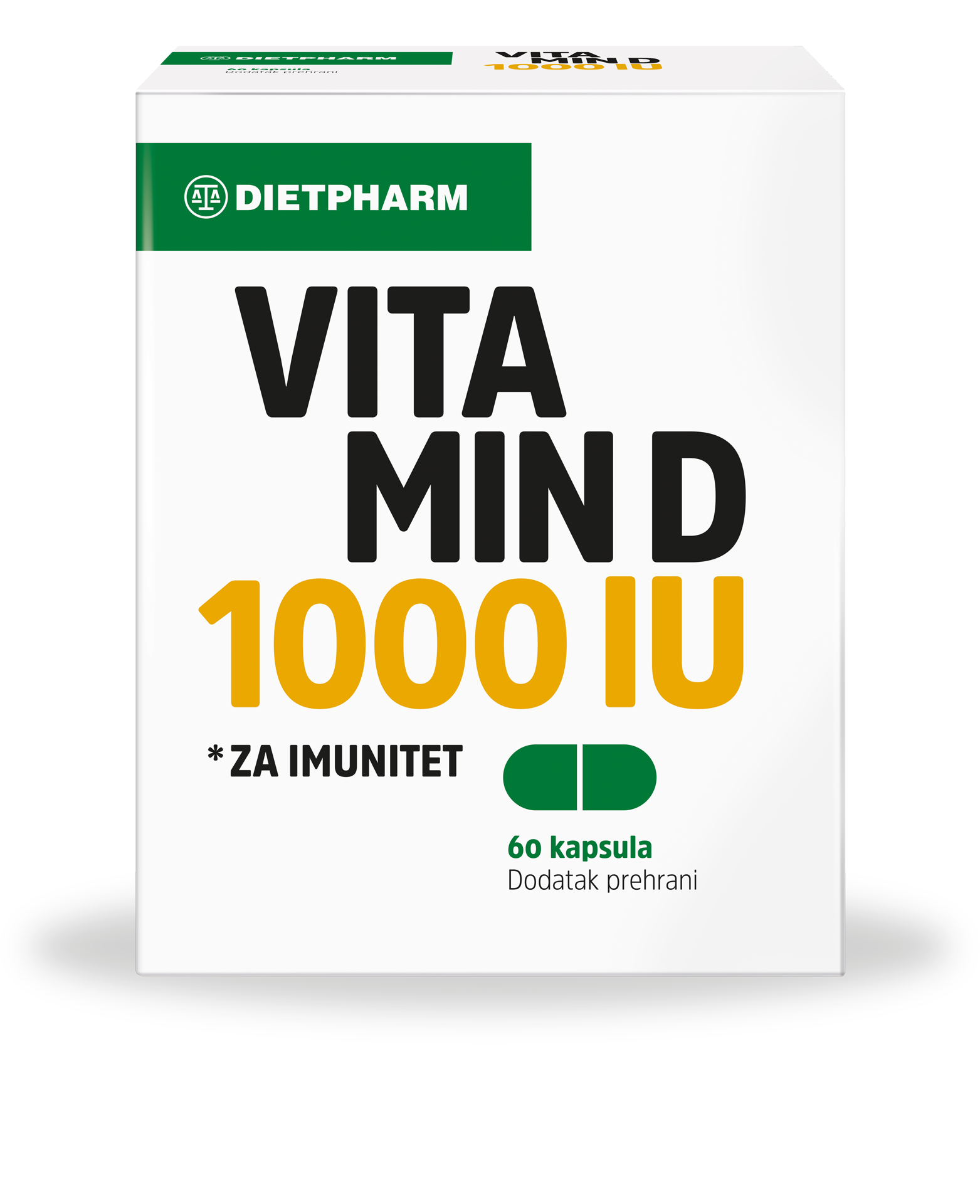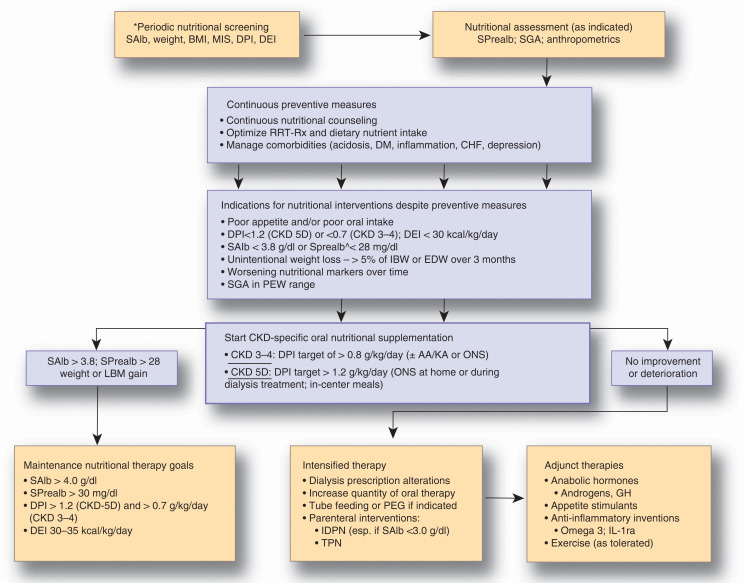
Health and Lifestyles represents a representative sample of the British population. The purpose of this survey is to ascertain the health status, diet, and exercise habits of the British population. The survey was completed between May and June 2009 and its results have been widely published. These data are used in order to determine the best health-care programs. The study was completed by a large portion of the population, approximately half of which are over 40. Participation in the Health and Lifestyles Study has many benefits.
It is the first large-scale study of British health and lifestyles. The findings of the survey examine the factors that affect a person's lifestyle, including physical fitness, psychological status, life circumstances, and health-related behaviour. This study uses the social and emotional contexts of the individual to determine patterns of health-related behaviour and provides important insights into what factors impact lifestyles and health. It also helps researchers understand the causes of many common diseases, including those that can be prevented.

Researchers who study lifestyle and health have to deal with two major issues. First, the ability to measure community health behavior. Second, current analytic methods are far behind theoretical developments. Some studies use factor analysis or cluster analysis, but most fail to test causal hypotheses. However, they provide a more complete picture than many other studies. Politicians will benefit from a more thorough understanding of the relationship between lifestyles and health.
Research on health and lifestyles focuses on differences between groups. The study showed that children in the safety problems class had lower behavior scores than those who were part of the consistently positive class. A hypothetical child from the safety issues class would score at least the sample mean in all outcomes. These results revealed that those who were from lower social classes or higher social status led healthier lives than the rest.
Several studies have shown that the relationship between a healthy lifestyle and psychosomatic symptoms varies by gender and country. The severity of symptoms is lower for those who are healthier. When they lead a healthy lifestyle, for example, the symptoms of boys in Greece and Ireland were less severe. These findings are vital for helping to improve the quality and life expectancy of children and teenagers. The study also highlights the importance to maintain a balanced lifestyle with exercise and nutrition.

The relationship between psychosomatic symptoms and a healthy lifestyle is complex. It is dependent on the country and the sex of the person. A healthy lifestyle scores higher, which means that symptoms will be less severe. Further, the relationship between a healthy lifestyle and psychosomatic symptoms is most strongly associated with boys in countries with healthier lifestyles. It varies from one country to another. This study indicates the importance of physical activity for the quality of life in the long term.
FAQ
Exercise: Good and bad for immunity?
Your immune system is strengthened by exercise. When you exercise, your body produces white blood cells which fight off infections. Your body also eliminates toxins. Exercise is a great way to prevent heart disease, cancer, and other diseases. Exercise also helps to reduce stress levels.
However, exercising too much can weaken your immune system. Your muscles can become sore if you exercise too much. This causes inflammation, swelling, and can even lead to death. Your body will then produce more antibodies in order to fight infections. These extra antibodies can lead to allergies or autoimmune disorders.
So, don't overdo it!
Is being cold bad for your immune system?
Cold causes a decrease in immune system strength. This is because white blood cells are less effective at fighting infection. You will feel less pain if you are cold.
Which are the top 10 foods you should eat?
These are 10 of the best foods to eat.
-
Avocados
-
Berries
-
Broccoli
-
Cauliflower
-
Eggs
-
Fish
-
Grains
-
Nuts
-
Oats
-
Salmon
What's the difference between a virus & a bacterium?
A virus is an organism microscopic that can't reproduce outside its host cells. A bacterium is a single-celled organism that reproduces by splitting itself in two. Viruses have a very small size (about 20 nanometers), while bacteria is larger (up to one micron).
Viruses are often spread through contact of infected bodily fluids like saliva, urine or semen. Bacteria is usually spread directly from surfaces or objects contaminated with bacteria.
Viruses can enter our bodies through cuts, scrapes, bites, or other breaks in the skin. They can also be transmitted through the eyes, nose, mouth, ears, rectum, and anus.
Bacteria can be introduced to our bodies by cuts, scrapes or burns. They may also come into our bodies through food, water, air, soil, dust, or animals.
Both bacteria and viruses cause illness. But viruses do not have the ability to multiply within their hosts. So they only cause illnesses when they infect living cells.
Bacteria can spread within the host and cause illness. They can spread to other parts of our bodies. That's why we need antibiotics to kill them.
How does an antibiotic work?
Antibiotics are drugs that destroy harmful bacteria. Antibiotics are used to treat bacterial infections. There are many kinds of antibiotics. Some can be taken orally while others are injected. Others are topically applied.
Many people who have been exposed can be prescribed antibiotics. An oral antibiotic might be prescribed to someone who has been exposed to chicken pox. This will prevent the spread of shingles. An injection of penicillin may be necessary to prevent pneumonia if someone has strep.
When antibiotics are given to children, they should be given by a doctor. Children are more likely to experience side effects than adults from antibiotics.
Diarrhea is one of the most common side effects of antibiotics. Other side effects possible include dizziness, nausea, vomiting, stomach cramps, dizziness and allergic reactions. These side effects are usually gone once the treatment is complete.
Here are five ways to lead a healthy lifestyle.
Living a healthy lifestyle involves eating right and exercising regularly. Eating well means avoiding processed foods, sugar, and unhealthy fats. Exercise helps burn calories and strengthens muscles. Sleeping well improves concentration and memory. Managing stress reduces anxiety and depression. Fun keeps us happy and healthy.
What's the problem with BMI?
BMI is the acronym for Body Mass Index. It measures body fat based upon height and weight. This formula calculates BMI.
The weight of a kilogram divided by its squared height in meters.
The result is expressed as a number from 0 to 25. A score greater than 18.5 is considered overweight. A score greater than 23 is considered obese.
A person of 100 kg with a height of 1.75m will have 22 BMI.
Statistics
- The Dietary Guidelines for Americans recommend keeping added sugar intake below 10% of your daily calorie intake, while the World Health Organization recommends slashing added sugars to 5% or less of your daily calories for optimal health (59Trusted (healthline.com)
- WHO recommends reducing saturated fats to less than 10% of total energy intake; reducing trans-fats to less than 1% of total energy intake; and replacing both saturated fats and trans-fats to unsaturated fats. (who.int)
- This article received 11 testimonials and 86% of readers who voted found it helpful, earning it our reader-approved status. (wikihow.com)
- WHO recommends consuming less than 5% of total energy intake for additional health benefits. (who.int)
External Links
How To
What does the word "vitamin" mean?
Vitamins can be described as organic compounds found in food. Vitamins help us absorb nutrients from foods we eat. Vitamins cannot be produced by the body. They must be acquired from food.
There are two types: water-soluble and fat-soluble vitamins. Water-soluble vitamins dissolve quickly in water. Some examples include vitamin C,B1 and B2 vitamins (thiamine), B2 and riboflavin, B3 and B6 vitamins (niacin), folic acids, biotin, pantothenic acids, and cholesterol. Fat soluble vitamins are stored in the liver and fatty tissue. Vitamin D, E, K and A are some examples.
Vitamins are classified according their biological activity. There are eight major vitamin groups:
-
A - essential for normal growth and maintenance of health.
-
C - essential for nerve function and energy generation.
-
D - Vital for healthy bones and teeth
-
E - needed for good vision and reproduction.
-
K - required for healthy muscles and nerves.
-
P - essential for strong bones, teeth and tendons
-
Q – aids digestion of iron and iron absorption
-
R is required for the production of red blood cells.
The recommended daily allowance of vitamins (RDA), varies according to age, gender, physical condition, and other factors. The U.S. Food and Drug Administration has established the RDA values.
For adults 19 years and over, the RDA of vitamin A is 400mg per day. Pregnant mothers need 600 micrograms per days because it is vital for the development and growth of their baby. Children ages 1-8 require 900 micrograms per day. For infants younger than one year, 700 micrograms are required daily. However, this number drops to 500 micrograms each day for children aged 9-12 months.
Children ages 1-18years who are obese need 800 micrograms per day while those who are overweight need 1000 micrograms per day and children who are underweight need 1200 micrograms per day to meet their nutritional needs.
Children aged 4-8 years old who have been diagnosed as having anemia require 2200 micrograms of vitamin C per day.
2000 micrograms daily is required for adults over 50 to maintain their general health. Breastfeeding or pregnant women require 3000 micrograms per daily due to higher nutrient demands.
1500 micrograms is the recommended daily intake for adults aged 70+, who lose approximately 10% of muscle each year.
Women who are pregnant, nursing or breastfeeding need more than the RDA. Pregnant and breastfeeding women require 4000 micrograms each day during pregnancy and 2500 Micrograms each day after delivery. Breastfeeding moms need 5000 micrograms each day when breastmilk production occurs.